Second Decade: The Scourging at the PillarThe Flagellation of Christ Jaume Huguet (1450s) oil on wood, Large: approximately 3.5 feet high by approximately 7 feet wide Currently located in the Louvre, Paris, France After celebrating a Passover meal with the Apostles, Jesus went into the Garden of Gethsemane to pray. While He was there, God permitted Jesus to see all He was going to suffer. Then Judas Iscariot and a band of soldiers, the tribune of Pharisees, and the Jewish guards came to arrest Jesus. They took Him to a priest named Annas in the Temple. During the Liturgy of the Word on Palm Sunday (Mark 14: 1 through 15: 47) and again on Good Friday (John 18: 1 through 19: 42), you will have the chance to read the events that happen next: the questioning of Jesus before Annas in Annas' house, Jesus' trial in the Temple before Caiaphas, His first trial before Pontius Pilate in the prætorium, His questioning before Herod in the Jerusalem palace, and finally His second trial before Pilate. We are called to meditate on Jesus' Scourging at a pillar inside the prætorium as we pray the second decade of the Sorrowful Mysteries. The scene in the artist Jaume Huguet's painting is crowded and full of earthly and heavenly action. Let's take a slow and close look. The first thing we see is Jesus in the center of the painting. His arms are tied around a pillar in the room, and His hands are bound at the wrists. His knees are bent, and His chest and right shoulder are leaning against the pillar. Do you remember what a halo is? Point to Jesus' halo. Do you see the cross shape inside of His halo? There is a white cloth with blue stripes around our Savior's waist. This is a prayer shawl that Jewish men cover their heads with when they pray. We know that Jesus was praying in the Garden of Gethsemane right before He was arrested. We also know that Jesus' suffering is a prayer that He offered to God the Father for our redemption.
Jesus is surrounded by crowds on His left and on His right. Look at the crowd on the left. Find the two two men who have halos. Good news! There were holy men in the crowd, watching Jesus, praying with Jesus, loving Jesus! They are Joseph of Arimathea and Nicodemus. They are Jesus' friends! Both men were members of the Sanhedrin, the Jewish council. Joseph is the man who got permission from Pilate to remove Jesus from the Cross; he is also the one who found a tomb for Jesus. Nicodemus brought the one hundred-pound mixture of myrrh and aloes to prepare Jesus' Body for burial; he helped Joseph of Arimathea to wrap Jesus with burial cloths and place his body in the tomb. These two are saints who love Jesus very much. Caiphas the high priest is part of the crowd on the right; he sits on his chair. He holds a stick called a scepter, and he's pointing it toward Jesus like he is encouraging the attack on our Savior by giving instructions or commands. There are many more people in the crowd besides these three men. Most of them are some of the chief priests and scribes of the Temple. Many of these men were present when the Child Jesus spoke in the Temple. ABOUT THE FRAME The painting is bordered by a frame that has four small pictures in each corner. Three of these pictures show animals, and one is a man. These four pictures are symbols of the four Gospels, each of which focus on a different event in the life of Christ:
First Sorrowful Mystery: Agony in the Garden Third Sorrowful Mystery: The Crowning of Thorns Fourth Sorrowful Mystery: The Carrying of the Cross Fifth Sorrowful Mystery Now, with The Scourging at the Pillar in our imagination, |
The Second Decade of the Chaplet | The Third Decade of the Chaplet |
Blessings,
Mary Acevedo, Director of Religious Education
Leave a Reply.
Upcoming Family Events
here in our program, here at our parish, and throughout our Diocese.
Categories
All
2018 2019 Program Year
2019 2020 Program Year
2020 2021 Program Year
2021 2022 Program Year
2022 2023 Program Year
2023 2024 Program Year
Confirmation
COVID 19
Lent
Reconciliation And Communion
Rosary Joyful
Rosary Sorrowful
Summer Programming
Work Of Mercy
Youth Ministries
Archives
April 2024
February 2024
October 2023
May 2023
March 2023
January 2023
September 2022
August 2022
July 2022
November 2021
March 2021
February 2021
January 2021
December 2020
November 2020
September 2020
August 2020
June 2020
May 2020
February 2020
September 2019
August 2019
June 2019
May 2019
March 2019
February 2019
January 2019
September 2018
December 2017
October 2017
September 2017
April 2017
March 2017
January 2017
October 2016
September 2016
June 2016
May 2016

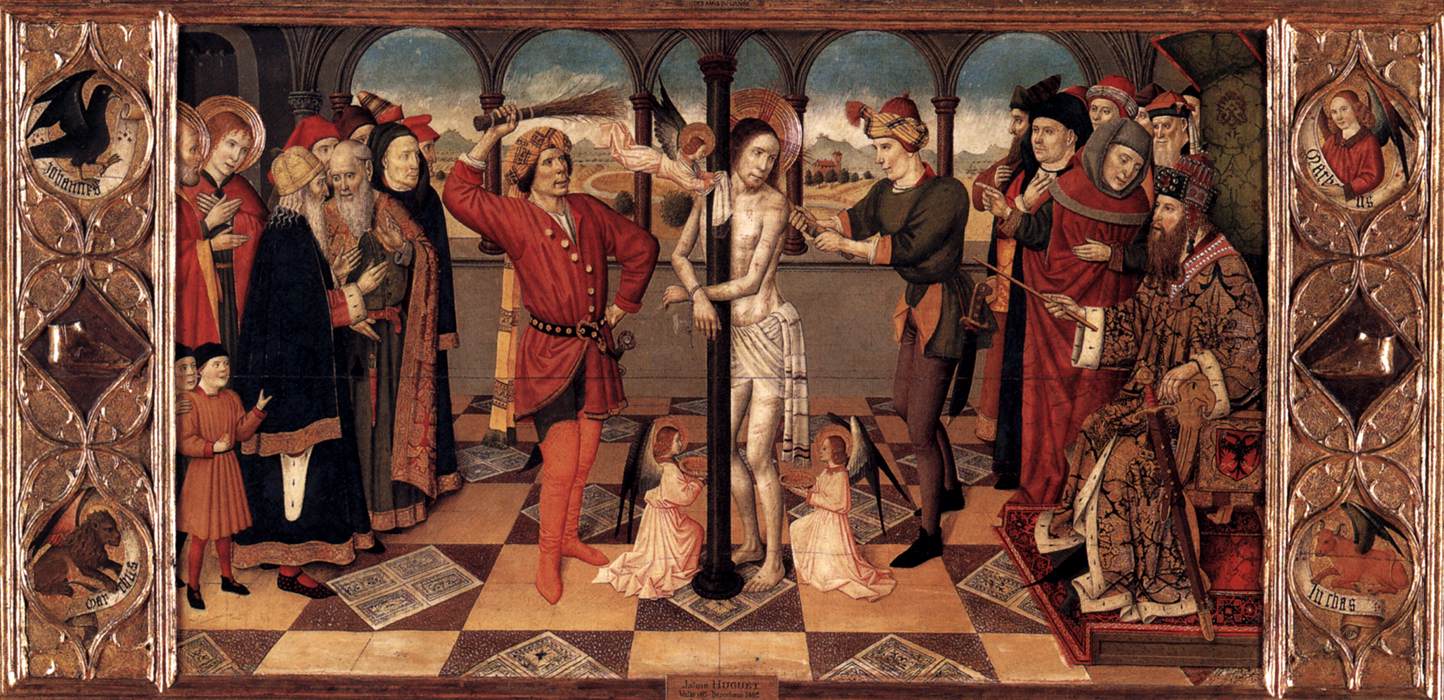
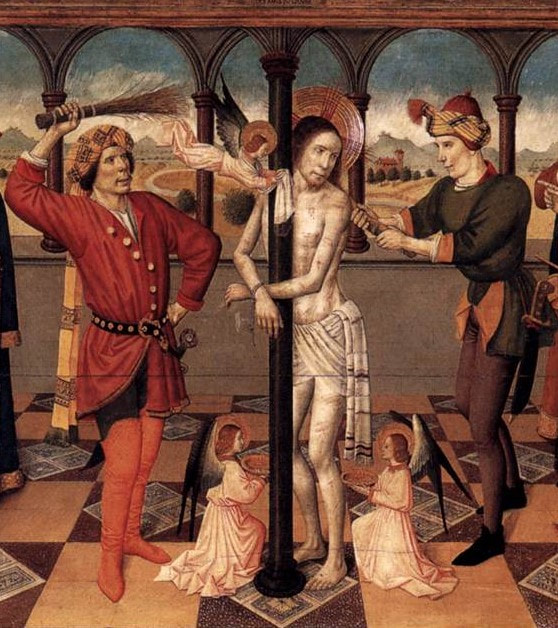
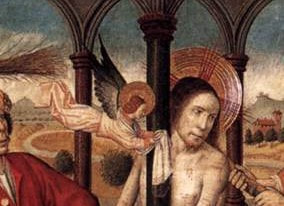
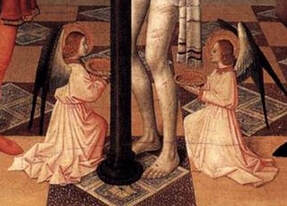
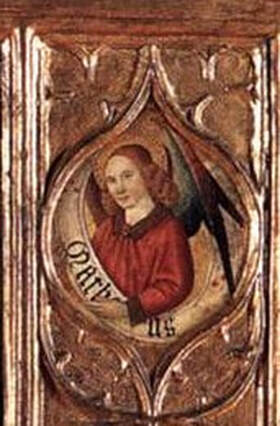
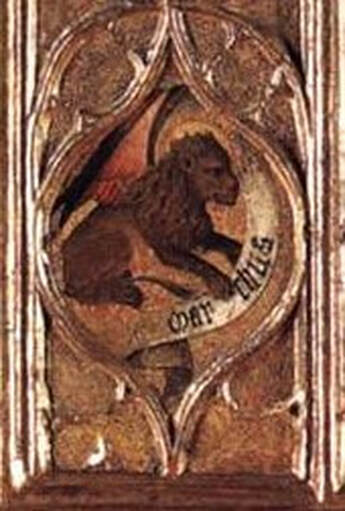
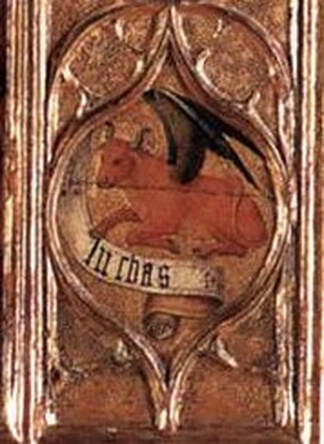
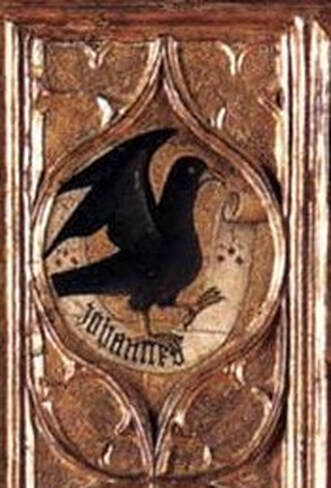
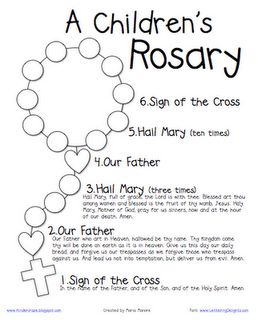
 RSS Feed
RSS Feed